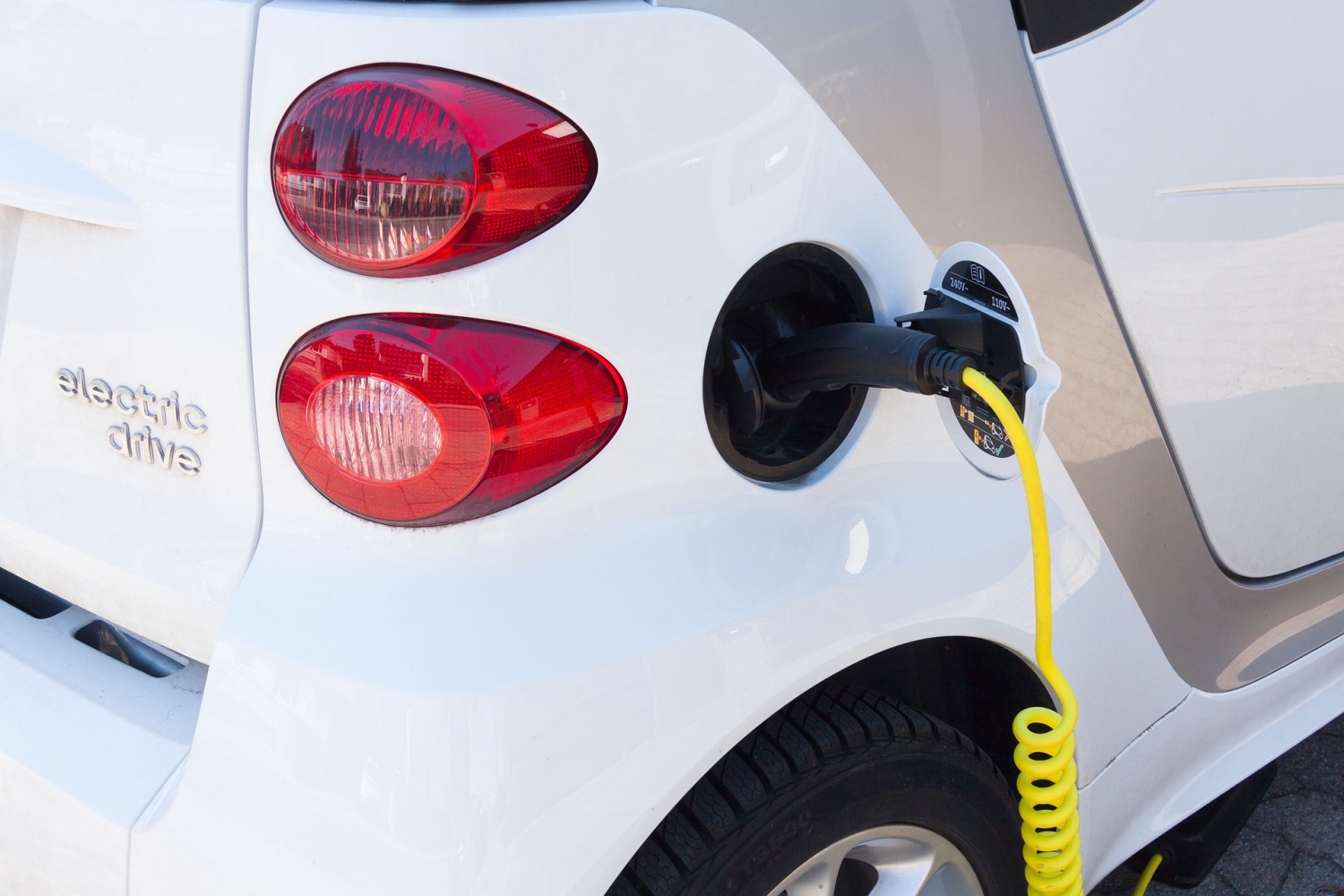VTT Technical Research Centre, in partnership with other collaborators, recently completed a successful test of a paraffinic electrofuel or E-fuel derived from green hydrogen and carbon dioxide. This groundbreaking achievement took place on November 21 at the AGCO Power’s Linnavuori factory in Nokia, where the electrofuel was utilized to power a diesel tractor.
The project, led by VTT, utilized a combination of high-temperature electrolysis, carbon capture, and Fischer-Tropsch hydrocarbon synthesis which offers a significant leap towards industrial-scale electrofuel production. This development is especially crucial for sectors that are challenging to electrify.
Professor Juha Lehtonen from VTT Research emphasized the successful production of E-diesel from green hydrogen and carbon dioxide on a pre-commercial scale using Finnish technology. The next step involves field testing to assess the fuel’s usability, marking a crucial phase in further validating its potential for widespread application.
The E-fuel project has produced hundreds of kilograms of sustainable synthetic hydrocarbons which have been refined into a drop-in paraffinic diesel. AGCO Power’s Linnavuori plant facilitated the testing on a Valtra T235D tractor equipped with AGCO Power’s 74 LFTN diesel engine which showed promising results meeting or exceeding current road diesel fuel standards.
Kari Aaltonen, Director of Engineering at AGCO Power, highlighted the importance of exploring diverse options for emission reduction in agriculture machinery, such as E-diesel and other sustainable fuels.
The E-diesel’s ability to blend seamlessly with fossil diesel makes it an attractive alternative to help reduce emissions and fossil fuel usage without relying solely on direct electrification. This adaptability allows for a smoother transition and potential emissions reduction.
The success of this E-fuel test run presents promising opportunities for sustainable fuel solutions, particularly in challenging sectors such as heavy road transport, shipping, and machinery. With the continued success of projects like these, the prospect of a more sustainable future becomes increasingly within reach.




